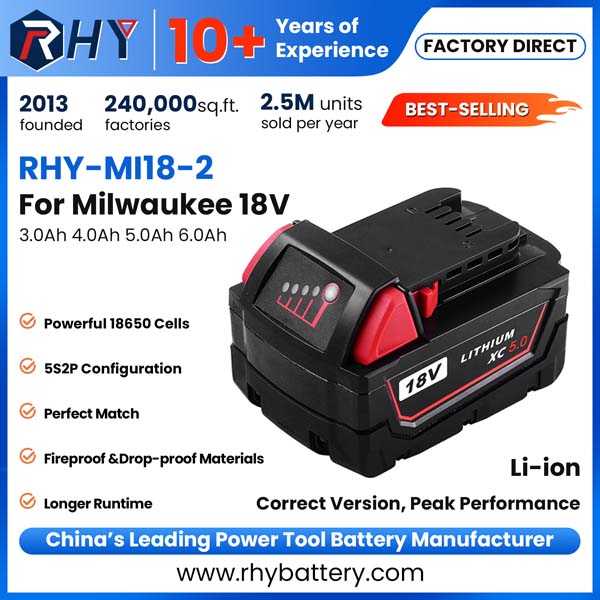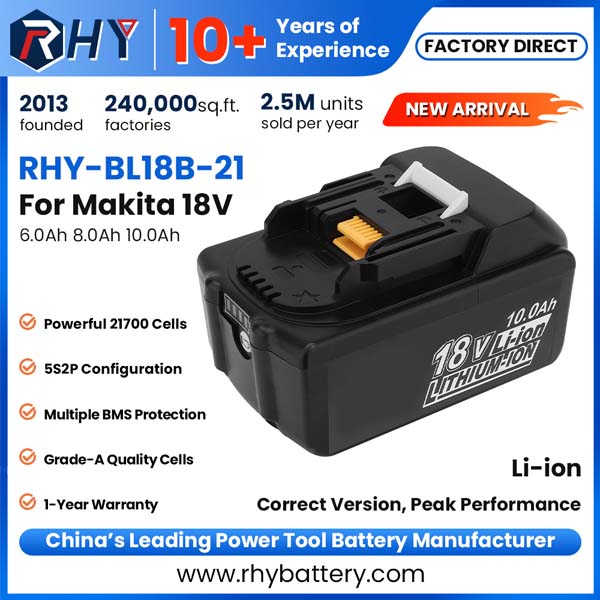News
Site Editor
 Site
/uploads/image/61e7a5cca4d32.png
In today's tech-driven world, lithium batteries are the backbone of our daily devices—smartphones, laptops, electric vehicles, and even home energy systems.
Site
/uploads/image/61e7a5cca4d32.png
In today's tech-driven world, lithium batteries are the backbone of our daily devices—smartphones, laptops, electric vehicles, and even home energy systems.
Fast Charging vs. Slow Charging: A Comprehensive Guide to Lithium Battery Care
Views: 1063
Author: Site Editor
Publish Time: 2024-10-24
Origin: Site
In today's tech-driven world, lithium batteries are the backbone of our daily devices—smartphones, laptops, electric vehicles, and even home energy systems. With the demand for quicker charging solutions, the debate between fast charging and slow charging has become increasingly relevant. This guide will explore the mechanics of lithium battery charging, the pros and cons of each method, and best practices for optimizing battery health.
The Basics of Lithium Battery Charging
Lithium-ion (Li-ion) batteries are widely used due to their high energy density, low self-discharge rates, and lightweight design. These batteries operate on a simple principle: lithium ions move between the positive electrode (cathode) and the negative electrode (anode) during charging and discharging. The efficiency of this process can be influenced by several factors, including:
-
Charging Voltage: The voltage applied during charging affects the speed and efficiency of the process.
-
Charging Current: Higher current levels can lead to faster charging but may generate excess heat.
-
Battery Management System (BMS): This crucial component regulates the charging process to ensure safety and efficiency.
Understanding these components is key to making informed decisions about charging methods.

Fast Charging: Advantages and Disadvantages
Fast charging technology allows devices to be charged at much higher currents and voltages, significantly reducing the time it takes to reach a full charge. For example, many smartphones can achieve an 80% charge in just 30 minutes using fast charging.
Advantages of Fast Charging:
-
Time-Saving: The most obvious benefit is the reduced charging time. This is particularly advantageous for users who lead busy lives and may not have the luxury of waiting hours for their devices to charge.
-
Convenience: Fast charging is perfect for situations where time is of the essence—like when you need to quickly top off your phone before heading out.
-
Quick Access in Emergencies: Fast charging can be a lifesaver in urgent situations where immediate power is required, such as during a long day out or in a critical work scenario.
Disadvantages of Fast Charging:
Heat Generation: Fast charging can produce considerable heat, which may degrade battery materials over time. High temperatures are one of the leading causes of battery wear and can lead to reduced lifespan.
-
Increased Risk of Damage: Not all batteries are designed to handle fast charging. Using fast chargers with incompatible batteries can result in overheating and potential failure.
-
Long-Term Effects: Frequent fast charging can cause wear on battery components, leading to diminished capacity over time. Users may notice their devices not holding a charge as well as they did when new.
-
Safety Concerns: Higher charging speeds can lead to voltage spikes that may compromise safety. This is especially true if the charging system does not effectively manage the increased current.

Slow Charging: A Safer Alternative
Slow charging, often referred to as trickle charging, uses lower currents to refill the battery over an extended period. This method typically takes several hours to fully charge a device.
Advantages of Slow Charging:
-
Battery Health: Slow charging generates less heat, significantly extending the battery’s lifespan. This method puts less stress on the battery's internal components, maintaining capacity and performance.
-
Safety: The lower current reduces the risk of overheating and ensures a safer charging process, making it a better option for many battery types.
-
Suitable for Older Batteries: For aging lithium batteries, slow charging is often preferable as it mitigates the risks associated with rapid recharging.
Disadvantages of Slow Charging:
-
Extended Charging Times: The primary downside is the time required to reach a full charge, which can be inconvenient for users who need a quick power boost.
-
Limited Applicability: Some modern devices may not support slow charging, limiting its utility.
-
Less Immediate Convenience: For users accustomed to rapid charging, the slower method may feel outdated or impractical.
Comparing Fast and Slow Charging: Key Considerations
When choosing between fast and slow charging, consider the following factors:
-
Charging Time: Fast charging drastically reduces the time to recharge devices, while slow charging requires a longer commitment. Evaluate your daily routine to determine which method fits best.
-
Battery Health: Slow charging is generally more beneficial for maintaining battery health, while fast charging can lead to accelerated degradation. Balancing convenience with battery longevity is crucial.
-
Device Compatibility: Always check manufacturer specifications to ensure your battery can handle fast charging. Using the wrong method can lead to irreversible damage.
-
Safety: Slow charging is typically safer due to the controlled environment it provides. Fast charging requires well-designed charging systems to mitigate risks.
-
Usage Scenarios: Consider your lifestyle. If you often find yourself in situations where you need quick power, fast charging may be the way to go. However, if you're not in a rush, slow charging may better suit your needs.
Best Practices for Charging Lithium Batteries
To maximize the life and performance of your lithium batteries, follow these best practices:
-
Charge at Moderate Levels: Try to keep your battery charge between 20% and 80%. Frequent full discharges can shorten battery life.
-
Avoid Excessive Heat: When charging, ensure proper ventilation. Avoid leaving devices in hot environments, as heat can lead to degradation.Use Compatible Chargers: Always use chargers recommended by the manufacturer to ensure safety and efficiency.
-
Consider Charging Times: If time allows, opt for slow charging, especially for overnight charging or during work hours when you don’t need immediate power.
-
Regular Maintenance: Monitor battery health through device settings, and consider recalibrating the battery occasionally to maintain accuracy in charge levels.
The choice between fast charging and slow charging ultimately depends on individual needs and usage patterns. Fast charging offers remarkable convenience and quick access to power, making it a favorite for users with busy lifestyles. However, slow charging presents significant benefits for battery health and safety, making it a worthy option for users who prioritize longevity over speed.
For those looking for high-quality lithium battery solutions, RHY has established itself as a leader in the industry. Since our founding in 2013, we have supplied over 20.4 million battery packs and chargers globally. Our commitment to innovation ensures that our products are designed to meet the highest performance standards, providing users with reliable power solutions.

